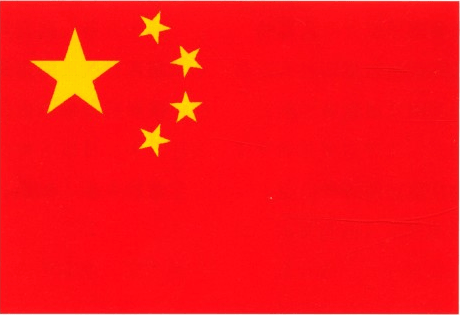

Introduction to Chongqing
Chongqing is the only municipality directly under the central government in inland China, covering an area of 82,400 square kilometers and comprising 38 districts and counties. With a permanent population of 31.91 million, it ranks among China's top ten most livable cities and serves as a financial and transportation hub in western China. It is also a national pilot zone for artificial intelligence and the digital economy. In 2024, Chongqing's GDP reached 3.22 trillion RMB (a year-on-year increase of 5.7%), with per capita GDP surpassing 100,000 yuan for the first time. Key sectors include the automotive industry, which grew by 26.7%, producing 953,000 new energy vehicles (NEVs) (a 90.5% year-on-year increase). The electronics and information industry saw a 22.1% growth in liquid crystal display production and 7.87 billion integrated circuits (a 110% year-on-year increase).
Modern Manufacturing System ("33618" Strategy)
Chongqing's manufacturing sector is structured around the "33618" framework:
Three Trillion-Yuan Clusters: Intelligent connected new energy vehicles (ICVs), electronics manufacturing, and high-end equipment.
Three Emerging Industries: New materials, biopharmaceuticals, and energy conservation/environmental protection.
Six Distinctive Sectors: Aerospace, rail transit equipment, core components for NEVs and ICVs, next-gen IT, software/information services, and new energy.
18 World-Class Advanced Manufacturing Clusters: To be cultivated globally.
Strategic Positioning
Dual Pivotal Roles: Strategic pivot for China's Western Development Campaign and a critical link between the Belt and Road Initiative and the Yangtze River Economic Belt.
Dual High Grounds: an open economy hub and an ecological hub renowned for its picturesque landscapes.
Three Demonstrations: Model for western development support, Belt and Road-driven growth, and green development along the Yangtze River Economic Belt.
By 2035, Chongqing aims to:
Expand its population to 36 million.
Double its 2020 economic output and per capita income.
Increase urbanization in the central urban area to 95%.
Establish the Chengdu-Chongqing economic circle as an international growth pole.
Core Strengths
Megacity scale and comprehensive industrial chains.
Three-dimensional transportation hub (air, rail, river, road).
Low-cost entrepreneurial ecosystem and rich Ba-Yu cultural heritage.
Innovation potential in intelligent industries and emerging technologies.

Customized overseas services for Chinese enterprises
Helping Chinese companies to expand overseas with less worries
